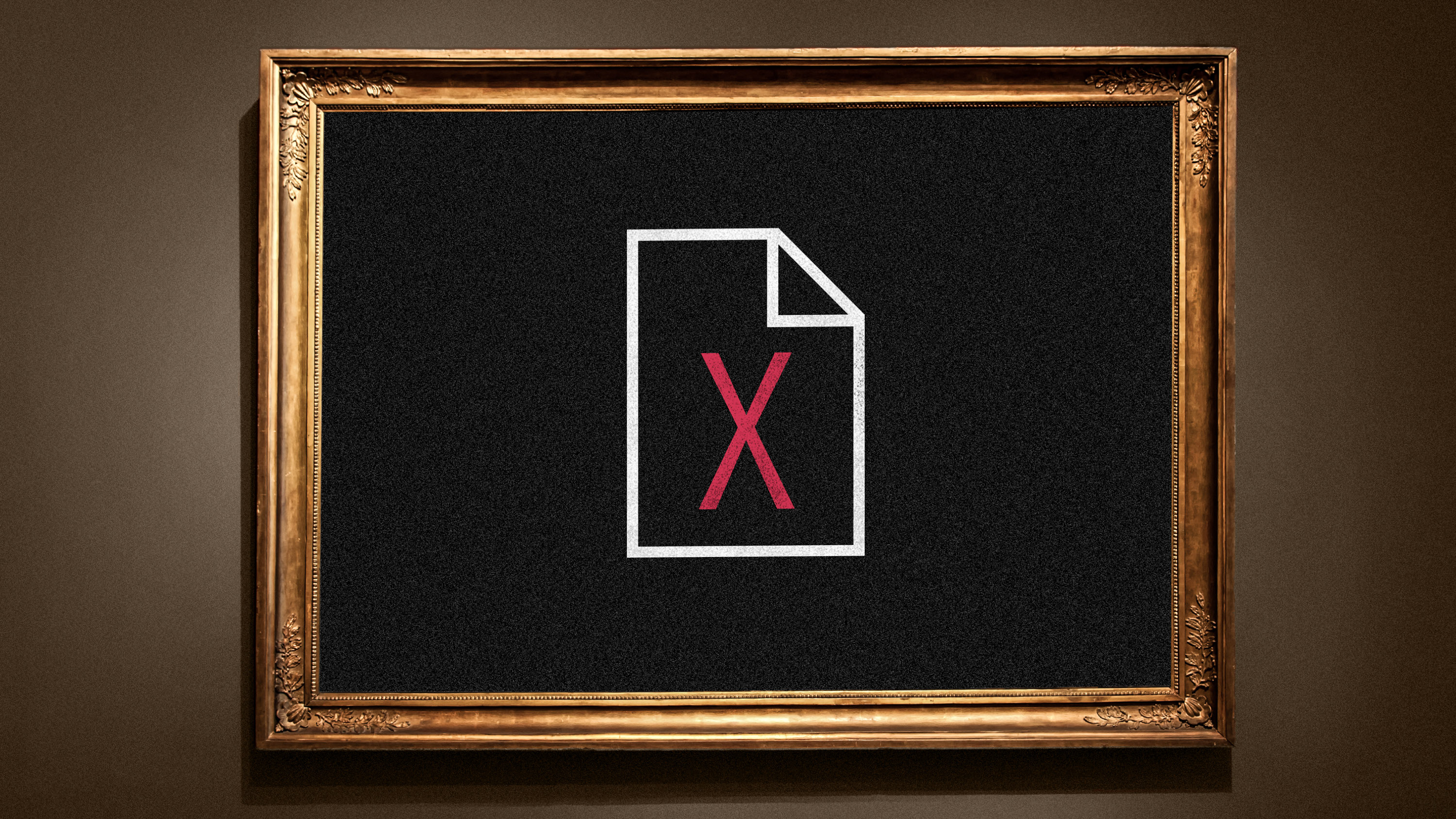Artists can now opt out of the next version of Stable Diffusion
The move follows a heated public debate between artists and tech companies over how text-to-image AI models are trained.

Artists will have the chance to opt out of the next version of one of the world’s most popular text-to-image AI generators, Stable Diffusion, the company behind it has announced.
Stability.AI will work with Spawning, an organization founded by artist couple Mat Dryhurst and Holly Herndon, who have built a website called HaveIBeenTrained that allows artists to search for their works in the data set that was used to train Stable Diffusion. Artists will be able to select which works they want to exclude from the training data.
The decision follows a heated public debate between artists and tech companies over how text-to-image AI models should be trained. Stable Diffusion is based on the open-source LAION-5B data set, which is built by scraping images from the internet, including copyrighted works of artists. Some artists’ names and styles have become popular prompts for wannabe AI artists.
Dryhurst told MIT Technology Review that artists have “around a couple of weeks” to opt out before Stability.AI starts training its next model, Stable Diffusion 3.
The hope, Dryhurst says, is that until there are clear industry standards or regulation around AI art and intellectual property, Spawning’s opt-out service will augment legislation or compensate for its absence. In the future, Dryhurst says, artists will also be able to opt in to having their works included in data sets.
A spokesperson for Stability.AI told MIT Technology Review: ”We are listening to artists and the community and working with collaborators to improve the dataset. This involves allowing people to opt out of the model and also to opt in when they are not already included.”
But Karla Ortiz, an artist and a board member of the Concept Art Association, an advocacy organization for artists working in entertainment, says she doesn’t think Stability.AI is going far enough.
The fact that artists have to opt out means “that every single artist in the world is automatically opted in and our choice is taken away,” she says.
“The only thing that Stability.AI can do is algorithmic disgorgement, where they completely destroy their database and they completely destroy all models that have all of our data in it,” she says.
The Concept Art Association is raising $270,000 to hire a full-time lobbyist in Washington, DC, in hopes of bringing about changes to US copyright, data privacy, and labor laws to ensure that artists’ intellectual property and jobs are protected. The group wants to update laws on intellectual property and data privacy to address new AI technologies, require AI companies to adhere to a strict code of ethics, and work with labor unions and industry groups that deal with creative work.
“It just truly does feel like we artists are the canary in the coal mine right now,” says Ortiz.
Ortiz says the group is sounding the alarm to all creative industries that AI tools are coming for creative professions “really fast,” and “the way that it’s being done is extremely exploitative.”
Deep Dive
Artificial intelligence
Google DeepMind used a large language model to solve an unsolved math problem
They had to throw away most of what it produced but there was gold among the garbage.
Unpacking the hype around OpenAI’s rumored new Q* model
If OpenAI's new model can solve grade-school math, it could pave the way for more powerful systems.
Finding value in generative AI for financial services
Financial services firms have started to adopt generative AI, but hurdles lie in their path toward generating income from the new technology.
Google DeepMind’s new Gemini model looks amazing—but could signal peak AI hype
It outmatches GPT-4 in almost all ways—but only by a little. Was the buzz worth it?
Stay connected
Get the latest updates from
MIT Technology Review
Discover special offers, top stories, upcoming events, and more.